6 Reasons to Avoid Phenoxyethanol
It Can Mess with Your Hormones
Phenoxyethanol has been shown to disrupt hormones, especially estrogen and trigger allergic reactions.
This means it can affect your reproductive system and hormonal balance over time. Even though it’s not as strong as parabens, it’s still something to avoid if you value your long-term skin wellbeing.
Unfortunately, it is a very common ingredient in personal care products. And you can find it in the natural and clean skincare industry.
It May Harm Your Nervous System and Organs
Some research suggests that phenoxyethanol may cause neurotoxic effects. That means it can affect your brain and nervous system. Symptoms may include:
• Headaches
• Dizziness
• Memory or concentration problems
Animal studies have also shown liver and kidney damage after regular skin exposure.
But what could be a worrying concentrations of phenoxyethanol in cosmetics products?
It Irritates Sensitive Skin
This one is important: Phenoxyethanol is NOT good for sensitive skin — even though some products claim otherwise. It can cause:
• Redness
• Dryness
• Itching
• Flare-ups of eczema or rosacea
• Eye irritation
If a product says “for sensitive skin” but contains phenoxyethanol, that’s a big red flag.
It’s Risky for Babies and Breastfeeding Moms
Phenoxyethanol can pass into breast milk, and the FDA has warned against using it in baby wipes and creams. In babies, it can cause:
• Vomiting
• Diarrhea
• Nervous system problems
That’s why it should never be used in baby products or anything used on or near the chest during breastfeeding.
It Comes from Petrochemicals and May Contain Contaminants
Phenoxyethanol is made from petroleum, which isn’t exactly clean or natural. It can also be contaminated with carcinogens like 1,4-dioxane or ethylene oxide — substances that are linked to cancer.
If a brand claims their skincare is “clean,” but uses phenoxyethanol, that’s misleading.
What concentration is considered “safe” for phenoxyethanol?
Phenoxyethanol is legally allowed to use up to 1% concentration in cosmetic products in the EU and many other regions.
Most formulations use concentration between 0.5% and 1%, since it’s effective as a preservative at low levels. It helps prevent the growth of bacteria, mold, and yeast—especially in water-based products like creams, lotions, and cleansers.
However, “allowed” doesn’t always mean “safe for everyone.”
Why this “safe level” can be misleading
Even if each product contains only 1% phenoxyethanol, cumulative exposure becomes a concern:
- Layering products (e.g., cleanser, toner, serum, moisturizer, SPF) means you could be applying phenoxyethanol 5–7 times a day.
- Long-term use can lead to bioaccumulation—your body storing small amounts over time.
- Sensitive skin, eczema, or rosacea may react even at low concentrations, especially when the skin barrier is compromised.
- Infants, pregnant women, and breastfeeding mothers are at higher risk and should avoid it entirely due to potential effects on the nervous system and hormone disruption.
In short: it’s not just about one product with 1% phenoxyethanol. It’s about the total chemical load from all your products day after day, week after week.
How to Spot Phenoxyethanol and What to Choose Instead
One of the problems with phenoxyethanol is that it can be hard to spot if you don’t know what to look for. Some brands tuck it toward the end of the ingredients list in small print, hoping most people won’t notice.
Others will advertise big, bold claims like “clean beauty,” “dermatologist-tested,” or “safe for sensitive skin” on the front of the package—even when phenoxyethanol is inside.
This is called greenwashing, and it tricks people into thinking a product is safer or more natural than it really is.
So how can you avoid this?
The best thing to do is always read the full ingredients list—even on luxury or “eco” brands. If you see the word phenoxyethanol, that’s your sign to skip it.
And don’t be fooled by phrases like “paraben-free” or “hypoallergenic.” These don’t guarantee the product is free of irritating ingredients.
Instead, look for skincare brands that use natural, plant-based preservatives like Pentylene Glycol.
This is based on upcycling material and offers antimicrobial protection without any side effects. In contrary, it is actually considered a humectant and provides your skin with hydration. We love using this product across our NAYA natural cosmetic products. And, it is cruelty-free.
Brands that are truly committed to your health and wellbeing will be transparent, explain their ingredients clearly, and avoid cheap, synthetic shortcuts like phenoxyethanol—even if it costs them more to formulate safely.
Your skin is your largest organ, and it deserves products that support—not stress—it.
The more you know about ingredients like phenoxyethanol, the better choices you can make for yourself, your family, and the environment.
It’s Bad for the Environment
Phenoxyethanol doesn’t break down easily in the body or in nature. It can build up in your tissues over time, and it’s toxic to aquatic life. So, using products with this ingredient may also harm rivers, oceans, and the planet.
The Bottom Line
Phenoxyethanol may sound like a safer option than parabens, but it’s far from perfect. It can mess with your hormones, irritate your skin, affect your nervous system, and harm the environment. And yet, you’ll still find it in luxury skincare products that cost a fortune.
Here’s the truth:
If a product contains Phenoxyethanol and says it’s “safe for sensitive skin” — that’s a contradiction.
And if a premium-priced product uses it? That’s a reason to put it back on the shelf and walk away. At NAYA, we don't use ingredients like Phenoxyethanol and many other questionable ingredients. Discover our collection.



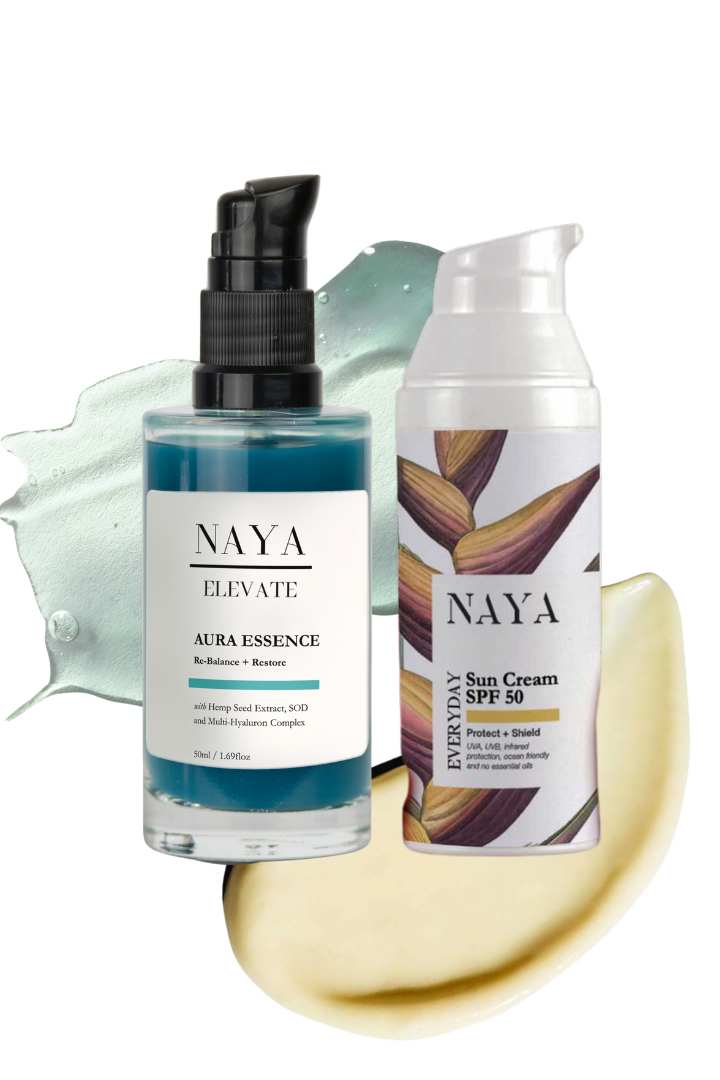

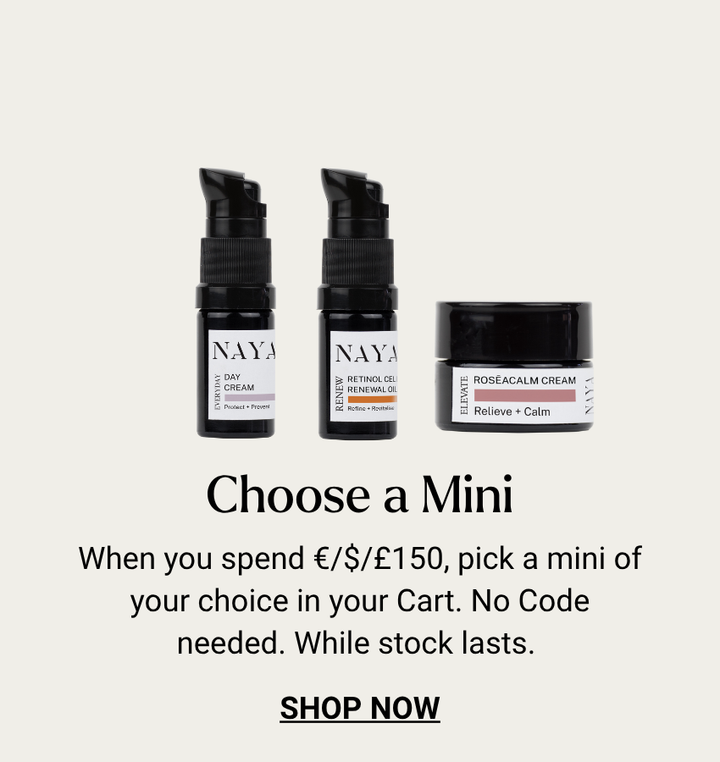
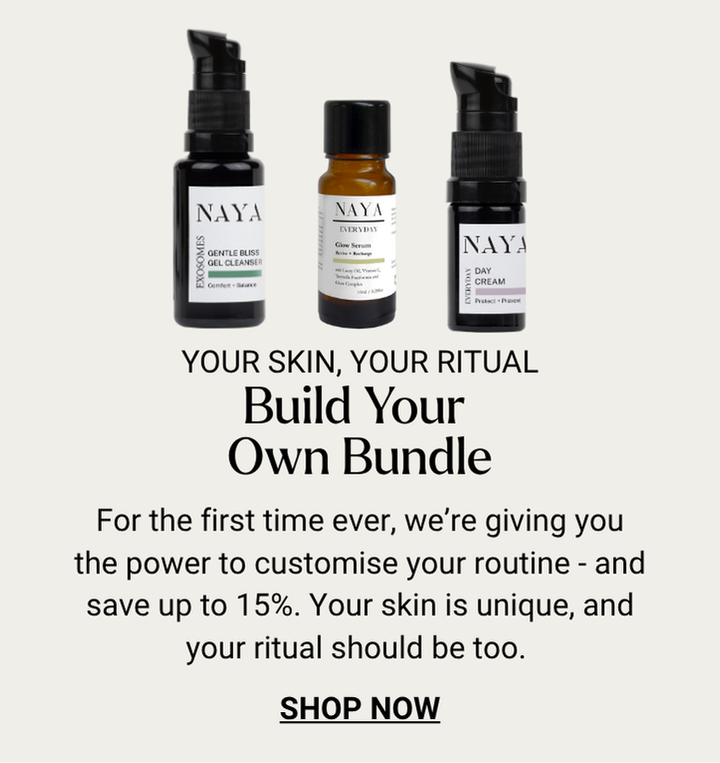

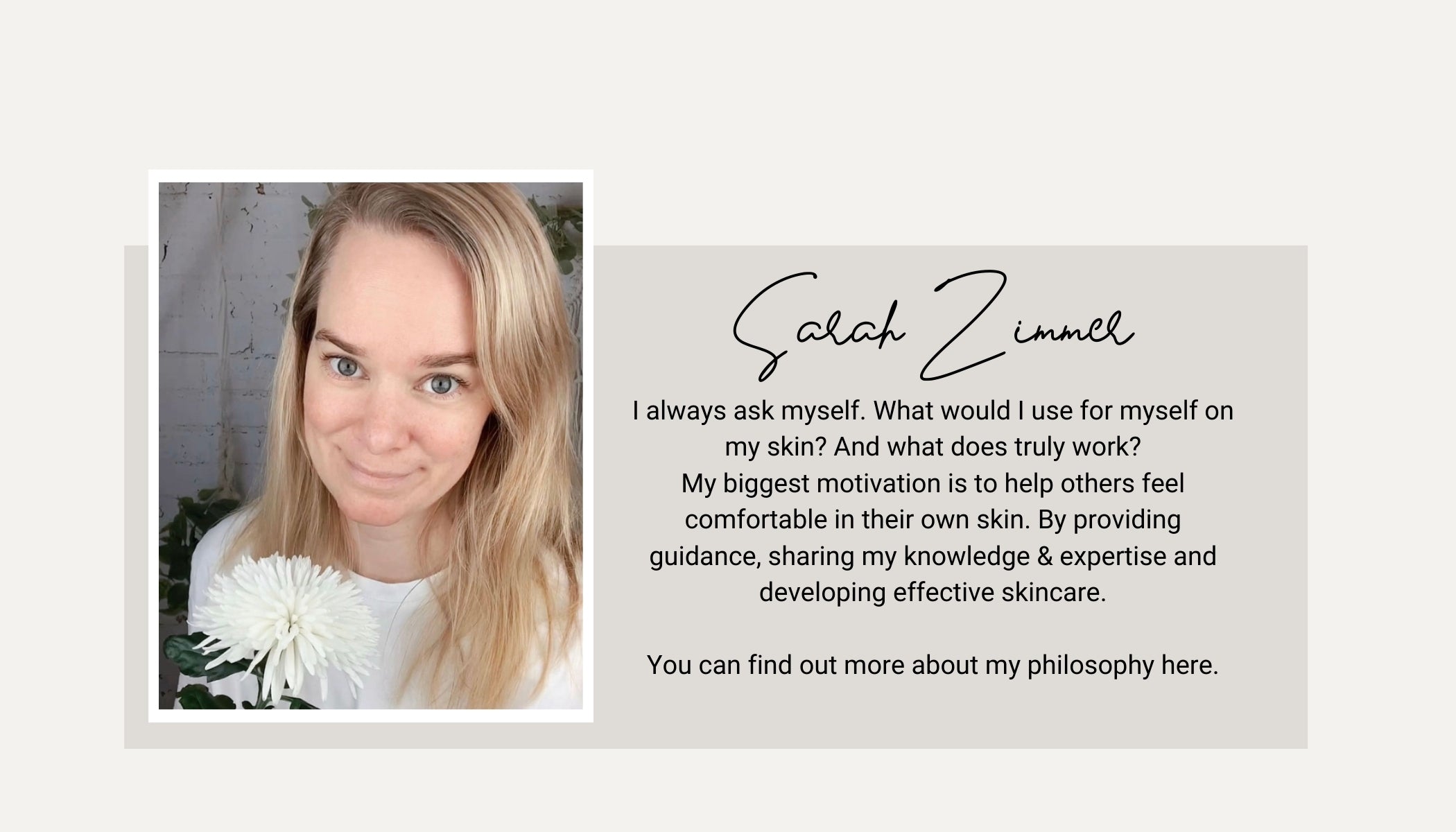



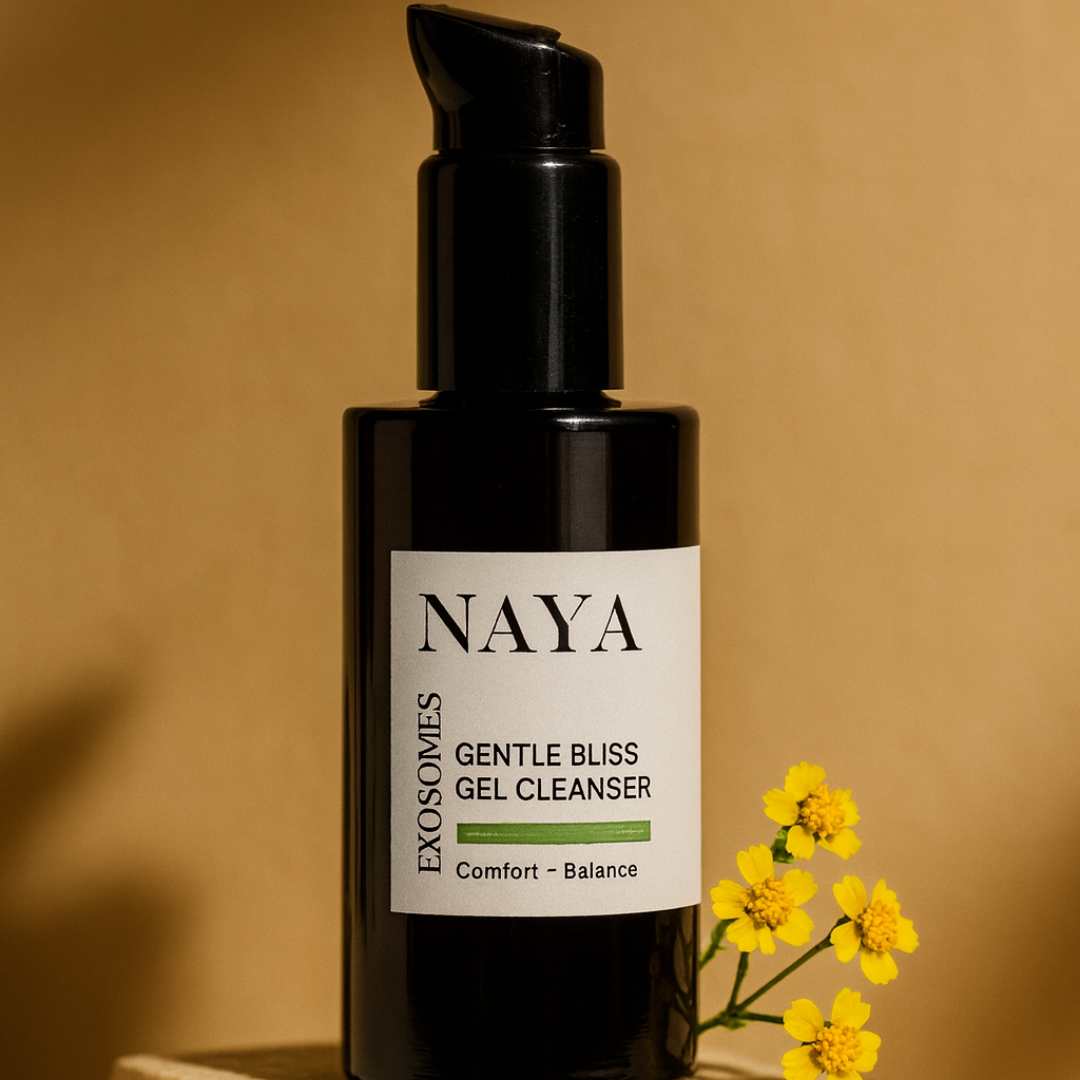
Leave a comment